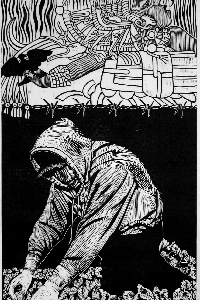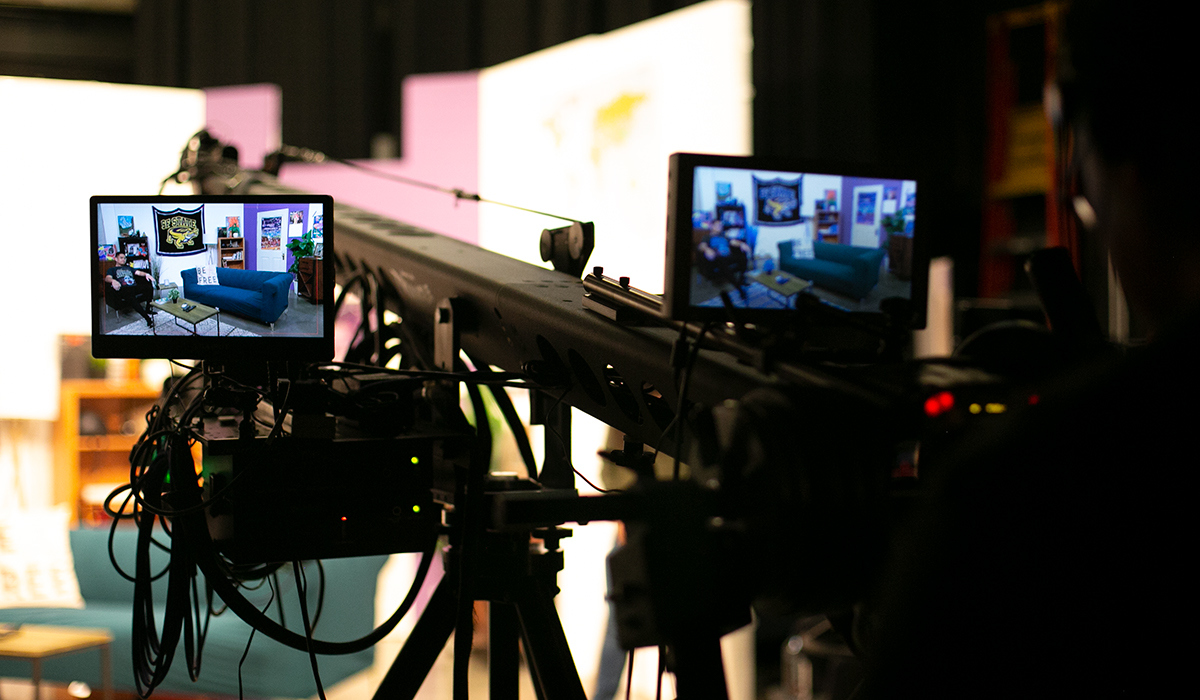SFSU student establishes nonprofit organization in memory of her son
Creative Writing major Theresa Thompson promotes literary excellence to children
A San Francisco State University student who has passed down her love of literature and language to her children is now paying it forward to the next generation. Theresa Thompson recently established her own nonprofit organization in honor of her late son, Marcus Angelo Bryant, while entering San Francisco State last year in her late 50s.
We Theresa’s Kids is a nonprofit promoting literary excellence in middle and high school-age children from underserved areas by teaching them to read, write and understand poetry. The nonprofit provides free classes at public libraries throughout the Bay Area.
“Our hope is that they seek higher learning, so we want to show them that the library is their sanctuary,” said Thompson, a Creative Writing major and Education minor. Her goal is to become a middle-school teacher in the Oakland Unified School District.
“Young people struggle in middle school, and I want them to know that someone cares,” she said. “I want them to know that school is a safe place — that you can pour your emotions out on paper, and I won’t judge you.”
At SFSU, Thompson has landed a work-study position with the Marian Wright Edelman Institute, which promotes early literacy in underserved areas of San Francisco.
“It has taught me so much about working with young people,” she said. “It’s preparing me for what’s to come. These are all pivotable moments that I’m experiencing at San Francisco State.”
Thompson keeps a home full of books, sharing her lifelong love for reading and vocabulary in her five children (and, now, nine grandchildren). Bryant was not only an avid reader, but also taught himself Swahili and three dialects of Spanish. He was planning to enter community college before his death in 2023.
“Marcus was the joy of the family, the one who made everyone laugh,” Thompson said. “He was very proud of his home life.”
Bryant was also an organ donor. Shortly after his memorial service, Thompson wrote poems and a class paper about his sacrifices and channeling her pain, and is writing a fantasy-fiction short story titled “The Sword of Seraphims: The Marcus Angelo Chronicles.” She is now an ambassador for Donor Network West, the organ procurement organization for Northern California and Northern Nevada.
“I refuse to allow my grief to make me a slave, so I’m going to repurpose my pain and turn it into something else,” she said. “And Marcus repurposed himself. He lost his life, but he saved five lives. And the one thing I’ll never forget is that his heart and one of his lungs went to the same person.”

